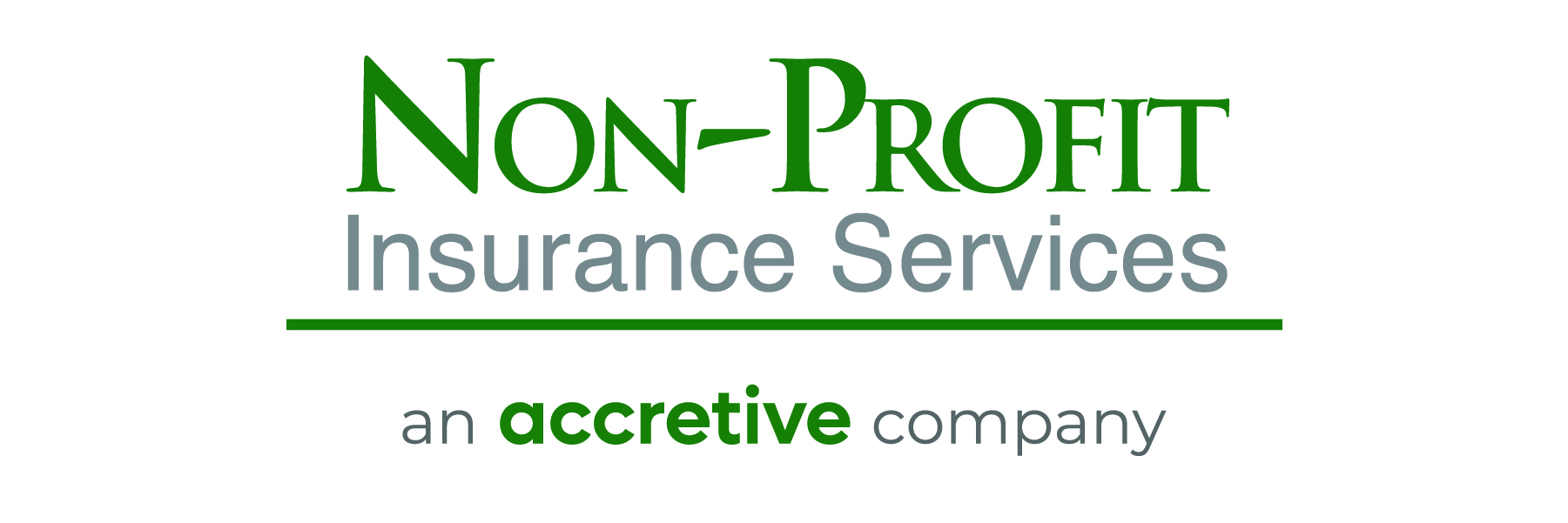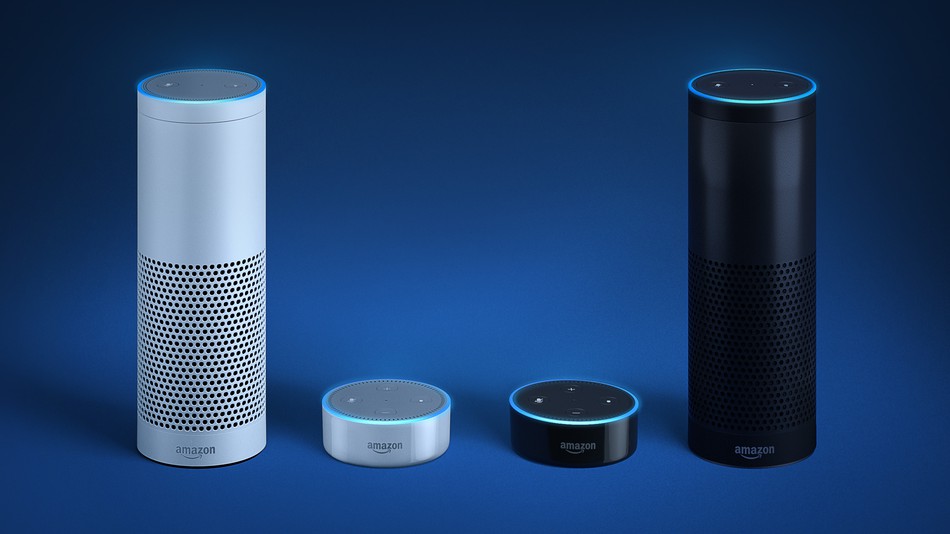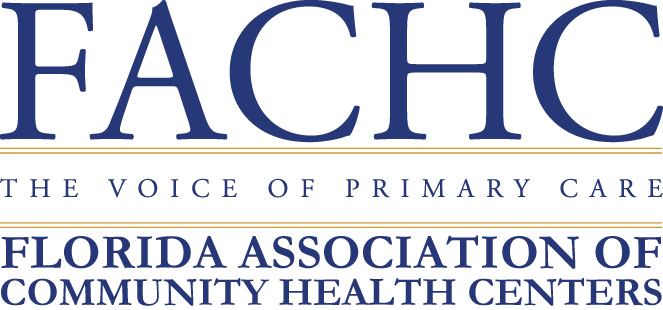It’s hard to believe how far technology has come in the last 10 years. In just a decade, applications like Spotify, Venmo, and Uber (to name a few) have become industry leaders and household names. We use virtual assistants (like Amazon’s Alexa) to help us plan our days, make grocery lists, and tell us how cold it is outside. Not only have we grown accustomed to intelligent technology, we now expect the convenience and personalization it brings to our lives.
But technology for nonprofits has lagged behind the consumer market. One of the big reasons for this is budget. It’s infeasible to throw precious money at every software on the market, but finding the right technology is essential. Partnering with a technology solution helps you advance your mission and vision. However, we all know how tight things can be in our space! Every dollar must be spent wisely.
If you want to make the biggest impact with technology for your nonprofit, here are the top four capabilities to look for in 2019.
ARTIFICIAL INTELLIGENCE (AI)
AI is the creation of intelligent machines that work and react like humans. This is the same technology that powers Alexa in your home, and it has the potential to transform your nonprofit.
With AI, organizations can better serve their missions and constituents in more tactical, tangible ways. For example, let’s say your organization runs afterschool programs for at-risk youth in kindergarten through 12th grade. Each day you rely on a computer system to check students into the program, record attendance, and track overall performance. One day, the AI in the backend of the system alerts you that a student missed three days last week. It also tells you that their participation in the program has waned. What do you do?
The AI-powered software has been gathering data on this student’s academic background, risk factors, and program performance from the beginning of the school year. The comprehensive data gives your organization a 360-degree snapshot of this student’s situation. This ultimately helps your nonprofit make decisions about how to move forward.
Applying this concept on a larger scale, how can AI positively transform other areas of social good, such as healthcare or re-entry programs? Could it reinvent the way we help domestic violence victims? AI helps us identify patterns that can lead to proactive intervention and potential improvement. Without its ability to understand complex datasets and make recommendations, pinpointing when and how to intervene would be hard, if not nearly impossible.
PREDICTIVE ANALYTICS
Have you ever bought a product using your smartphone one morning, and by the time you get to the office Amazon is already suggesting related products for you to purchase before you’ve even had your first sip of coffee?
That’s predictive analytics. This area of intelligent technology refers to the practice of extracting information from existing datasets to determine patterns and predict future outcomes and trends. While AI is a combination of technologies capable of learning, testing, and making assumptions autonomously, predictive analytics relies on humans to analyze data, identify patterns, and create and test their predictions.
On the for-profit side, predictive analytics yield impressive results. One of the biggest success stories is Netflix’s famous predictive algorithm. It analyzes data from each of its 100 million plus subscribers and then makes recommendations about what the viewer might like to watch next. And judging by the streaming service’s record-breaking fourth quarter in 2017, it seems that the public is responding well to the effects of these predictive capabilities.
WHAT PREDICTIVE ANALYTICS MEANS FOR NONPROFITS
On the nonprofit side, we can see equally profound results. Social Solutions’ Apricot 360 platform uses predictive analytics to help nonprofits maximize their efforts by proving their outcomes. For example, using a variety of educational, county, and socioeconomic datasets, Apricot 360 can help a nonprofit predict potential areas of struggle for a refugee family as they acclimate to life in America.
With this intelligent technology, the nonprofit could detect whether the family’s eight-year-old daughter will have difficulty with reading comprehension. This then allows the organization to find ways to proactively alleviate that challenge and stress. With the help of predictive analytics, they’ll also be able to find multilingual tutoring programs in the nearest zip code.
Specificity is key here. Not long ago, nonprofit workers relied on field experience and one-on-one interactions with constituents to understand their situations. These strategies are still essential, but they rely on assumptions and past knowledge, not data. Additionally, a constituent’s information is stored in staff members’ heads rather than a tool everyone can access. Software that incorporates predictive analytics provides greater and more granular visibility into each individual that a nonprofit serves every day.
INFORMATION SECURITY
Nonprofits are intertwined in people’s personal lives and gather a high volume of sensitive, personal data. Constituents invest a level of trust in organizations to handle that information ethically and with compassion. Ensuring their stories are told tactfully and that their information is stored securely is of the utmost importance.
When your nonprofit is looking to partner with a software solution, be sure to do your research. If they don’t know the answers to these three questions, they probably aren’t the right solution for your nonprofit:
• How does your company store data?
• How do you keep an organization’s information secure?
• Do you have any certifications that prove your software is compliant?
Plenty of software platforms Look “bright and shiny,” but features are useless if the technology for nonprofits isn’t trustworthy.
Social Solutions takes the sensitive nature of data seriously and is proud to hold compliance certifications in HIPAA, FERPA, HUD, FedRAMP, NIST, and more.
TECHNOLOGY FOR NONPROFITS
Partnering with a software solution that’s enthusiastic about working with your organization is key. It allows both parties to excel at what they do best while working collaboratively. The shared goal is to better serve your community through intelligent technology. Tech and software are no longer just for technologists or for-profit companies with big budgets. Technology is a universal language that has the power to unite, change lives, and prove and optimize your organization’s impact.
Find a technology provider that knows what your mission is and wants to be a part of it. Find a solution that understands that data is powerful and that it must be handled with care and compassion. Above all, find a technology partner that feels a sense of purpose in what your organization is doing.
Author: Joel Martins
Source: Social Solutions









